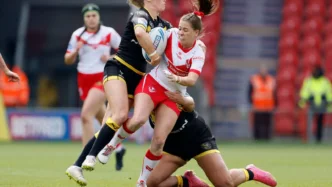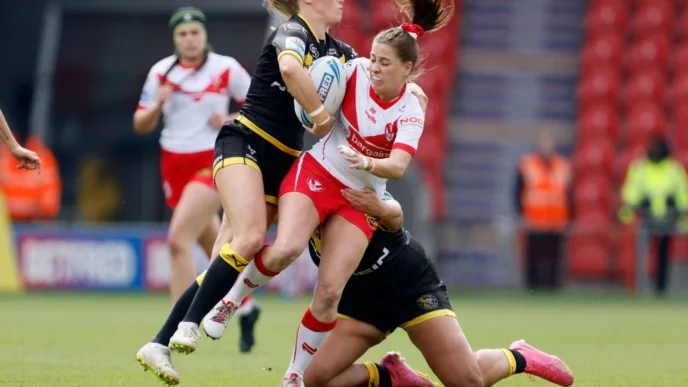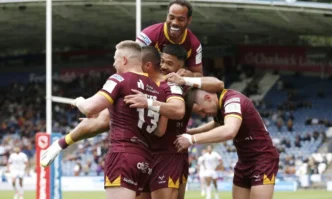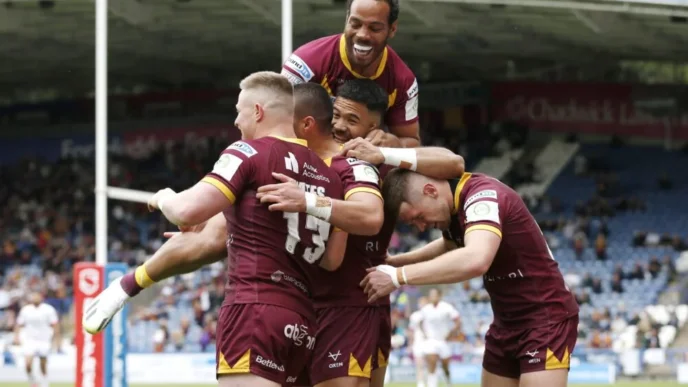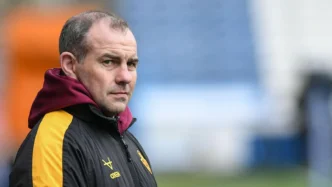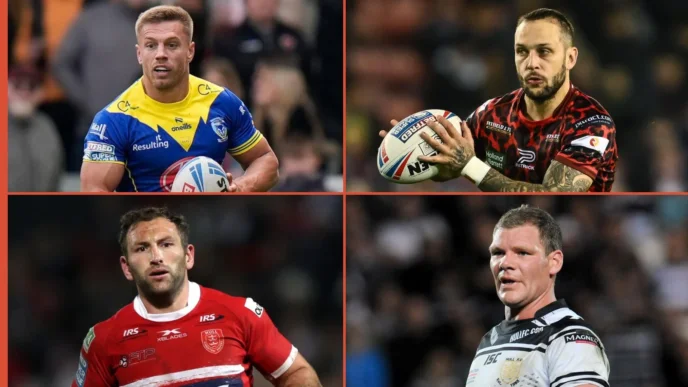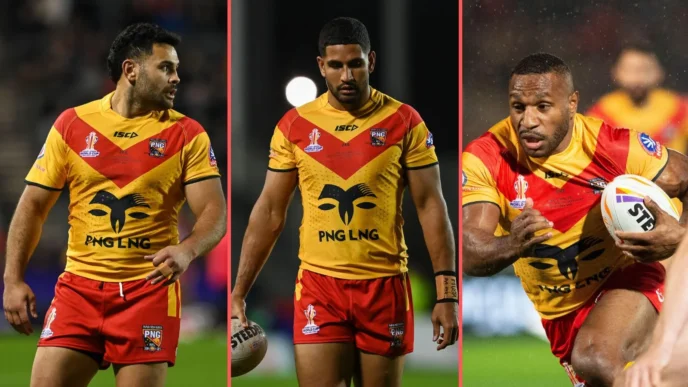Rugby League’s Evolving Landscape: Backs Take Center Stage in the Modern Game
The last decade has witnessed a remarkable transformation in how rugby league clubs approach the workloads of their forwards and backs. The way the ball travels across the field in every minute of every match has changed like never before, challenging the traditional perceptions of the sport.
Traditionally, league was seen as a game divided into two distinct roles: the forwards provided the ‘grunt’ and did the dirty work, while the backs provided the flair. However, this notion has been turned on its head in the past ten years, driven by a combination of necessity, tactical adaptations, and the natural evolution of the sport.
The Shift in Ball Carrying Trends
Analyzing the past ten years, the changes are evident in the statistics. In 2014, six forwards and four backs were among the top 10 ball carriers in Super League. Fast forward to 2019, and the ratio had shifted to four forwards and six backs. This year, the top 20 ball carriers do not include a single forward, with the list dominated by fullbacks, centers, and wingers.
The Changing Meter-Making Landscape
A similar trend can be observed in the leading meter-makers. In 2014, forwards like Chris Hill, Zeb Taia, and Andy Lynch featured prominently in the top 10. By 2019, the list had shifted to include more backs, with wingers like Tommy Makinson and Ash Handley making their mark. This season, the entire top 15 meter-makers are players from the back five, with the highest-ranking forward being Paul Vaughan in 16th.
Backs Shaping Big Games
The recent Challenge Cup semi-finals provided a perfect illustration of this shift. In the game between Hull KR and Wigan, four of the five leading meter-makers were backs, with the lone forward being the impressive Luke Thompson. Similarly, in the other semi-final, the majority of the top carriers and meter-makers were backs, with players like Matt Dufty and Tui Lolohea leading the charge.
Reasons for the Change
According to St Helens coach Paul Wellens, the growing focus on backs carrying the ball more is driven by the need to take pressure off the forward pack in a game that has become quicker and more fatiguing. Clubs are now looking for wingers who can carry the ball 15-20 times per game and run for 150 meters, helping to get the team on the front foot.
The Future of Rugby League
As interchanges become more limited and the game continues to evolve, the role of the outside backs is expected to become even more prominent. Clubs are now prioritizing size and strength in their outside backs, while the best forwards are those who are lighter and more mobile. The game you watched even a decade ago is no longer recognizable, as the sport adapts to the changing demands of the modern era.
🔗 Source


